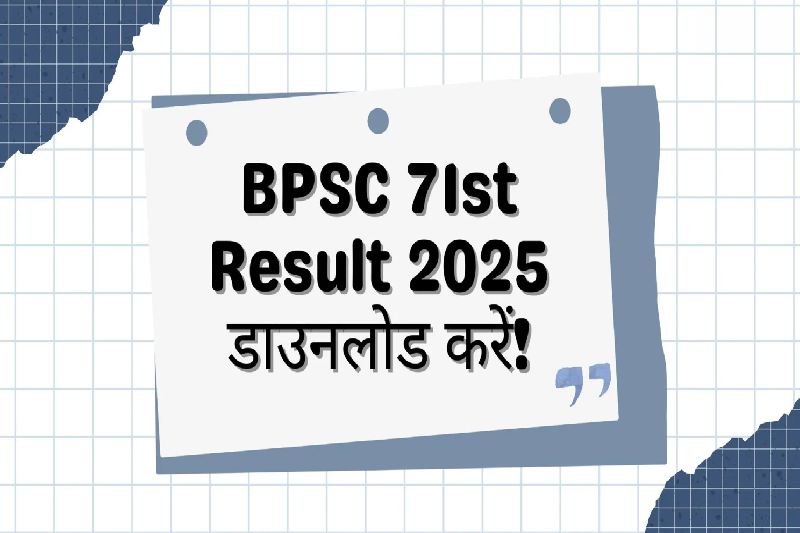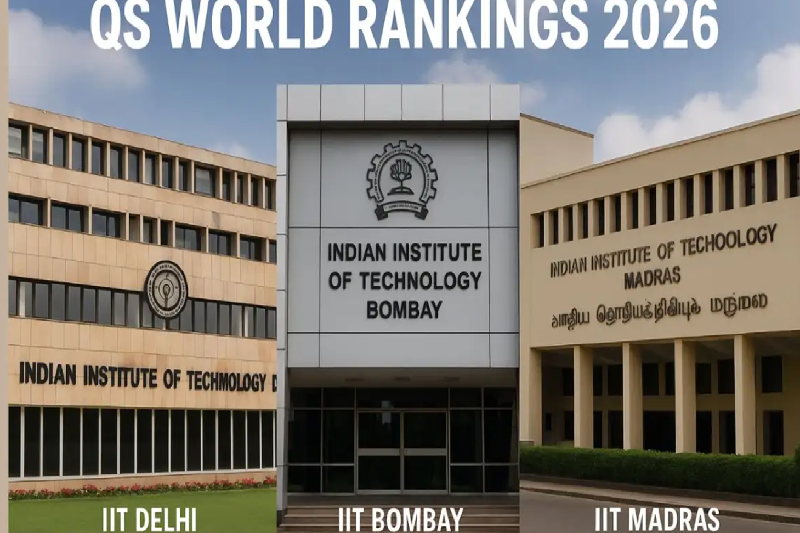
Centre Revises EMRS Recruitment Guidelines: Hindi Requirement Relaxed, Emphasis on Regional Languages
The Central Government has recently revised the recruitment guidelines for Eklavya Model Residential School language requirement for teaching and non-teaching staff positions. The move aims to promote regional representation and ensure that proficiency in Hindi does not become a barrier for candidates from diverse linguistic backgrounds. This development follows a careful assessment by the Ministry of Tribal Affairs, aligning recruitment norms with the needs of tribal students and the geographic realities of EMRS locations.
Background: EMRS and Its Purpose
Eklavya Model Residential Schools were introduced in 1997–98 to provide quality education and residential facilities to tribal students from classes six to twelve, particularly in remote and underserved areas. The schools were modelled on Navodaya Vidyalayas, offering modern education standards while preserving cultural and linguistic diversity.
In 2018–19, EMRS was revamped as a central sector scheme in the Union Budget. Under the revamped scheme, a residential school is to be established in every block with a population of more than 50% Scheduled Tribe and at least 20,000 tribal inhabitants. As per official data, there are currently 722 sanctioned EMRS, of which 479 are functional and 235 are under construction. Collectively, these schools serve 1,46,540 students and 13,437 staff members.
Key Changes in Recruitment Guidelines
The recent recruitment tweaks primarily concern the language competency criteria for candidates applying to teaching and non-teaching posts in EMRS. Previously, candidates for the Trained Graduate Teacher (TGT) position were required to secure a minimum number of marks in Hindi, regardless of their choice of regional language. This created concerns, particularly among states with non-Hindi-speaking tribal populations.
The revised norms now assess candidates on a combined 30-mark language component, incorporating:
- English
- Hindi
- Scheduled or regional language of the candidate’s choice
To qualify, candidates must achieve a minimum aggregate of 12 marks across the three languages. This approach ensures that candidates are linguistically competent without being penalized for limited proficiency in Hindi.
The relaxation also applies to candidates for female staff nurse positions in EMRS. However, Postgraduate Teacher (PGT) candidates, who typically teach senior students (classes 9–12), will still need to meet the Hindi proficiency requirement due to the advanced nature of instruction in these classes.
Implementation and Examination Details
The new guidelines were included in the 2025 EMRS staff selection application instructions issued by the National Education Society for Tribal Students (NESTS), an autonomous body under the Ministry of Tribal Affairs. The preliminary written examination for TGT candidates will be conducted in English and Hindi, ensuring that a deficiency in one language does not become a bottleneck.
The relaxation follows discussions between the Ministry of Tribal Affairs and state tribal departments during the national conference on the Adi Karmayogi Abhiyan scheme. Andhra Pradesh had raised concerns over language competency, while states like Bihar and Tamil Nadu, which are yet to sign an MoU with NESTS, continue to manage their recruitment processes independently.
Scope of Recruitment and Vacancies
The Centre has sanctioned 38,480 teaching and non-teaching posts for EMRS across India. In the current recruitment round, NESTS has advertised 7,267 vacancies, which include:
- 3,962 TGT posts
- 1,460 PGT posts
- 225 principal positions
- 635 hostel wardens
- 550 female staff nurses
This recruitment phase addresses the needs of currently functional schools and those projected to become operational soon. The first phase of centralized recruitment in 2023 filled 10,391 posts, with 9,075 staff receiving posting orders, including 7,050 teaching positions.
Objectives of the Revised Norms
The language flexibility ensures equitable recruitment and promotes regional representation within EMRS. By reducing the emphasis on Hindi proficiency, the government aims to:
- Encourage candidates from tribal regions to apply without linguistic barriers.
- Foster inclusivity in teaching and administrative roles.
- Ensure that examinations fairly evaluate candidates’ overall competence, not just proficiency in one language.
A government official explained:
"We want to ensure that a deficiency in one language is not a bottleneck for the applicants. This will enable wider participation and better representation from various linguistic backgrounds."
Impact on Tribal Education
The revised recruitment rules are expected to directly impact EMRS students, as hiring qualified and linguistically versatile teachers enhances learning outcomes. Tribal students often communicate primarily in their regional languages, so teachers with multilingual competence can effectively deliver lessons and foster understanding.
Furthermore, easing the Hindi mandate supports recruiting female staff nurses, ensuring adequate healthcare support in residential schools. With schools spread across remote tribal regions, having the right mix of staff is critical for the holistic development, safety, and well-being of students.
Long-Term Implications
The recruitment reforms signal a strategic shift toward inclusivity, regional representation, and language-sensitive hiring in India’s tribal education system. By making the examination more accessible and equitable, the Centre encourages talent from tribal communities to engage in education and administration roles, bridging gaps in teacher-student interaction.
As EMRS continues expanding to serve remote tribal populations, these tweaks are expected to:
- Enhance teacher availability and quality in underserved areas.
- Improve educational outcomes for tribal students.
- Promote gender representation through targeted relaxations for female staff nurse positions.
- Strengthen the overall functioning of centralised and state-level EMRS operations.
Conclusion
The revised EMRS recruitment guidelines mark a significant step in creating equitable opportunities for tribal communities while maintaining high educational standards. By relaxing the Hindi mandate and allowing focus on regional languages, the government ensures that language competency does not become a barrier, encourages regional inclusivity, and supports the growth and functionality of residential schools across the country.
With 7,267 vacancies in the latest recruitment round and a sanctioned total of 38,480 posts, this initiative underscores the government’s commitment to strengthening tribal education and enhancing teacher quality, while remaining sensitive to the linguistic diversity of India’s tribal regions.
These changes, coupled with the centralised recruitment system and ongoing expansion of EMRS, are expected to improve access, representation, and learning outcomes, ultimately fostering a more inclusive and effective education system for tribal students nationwide.


